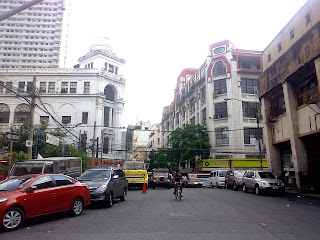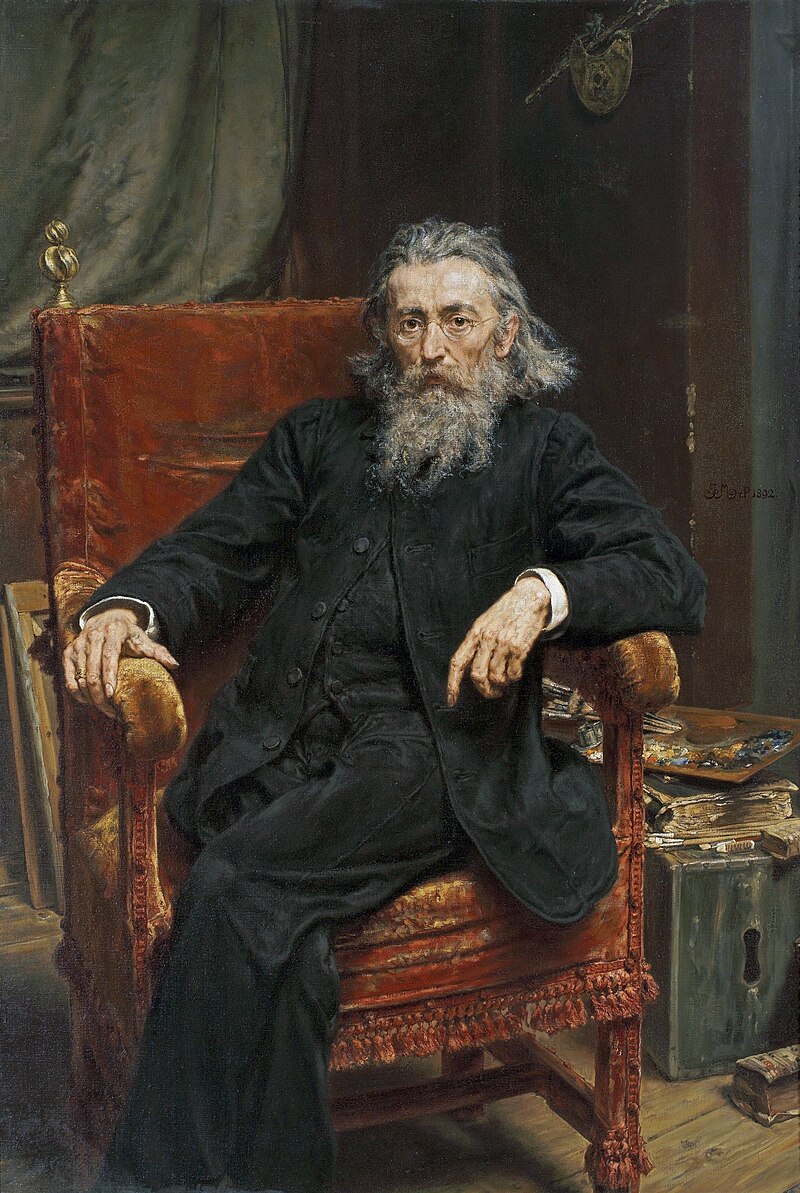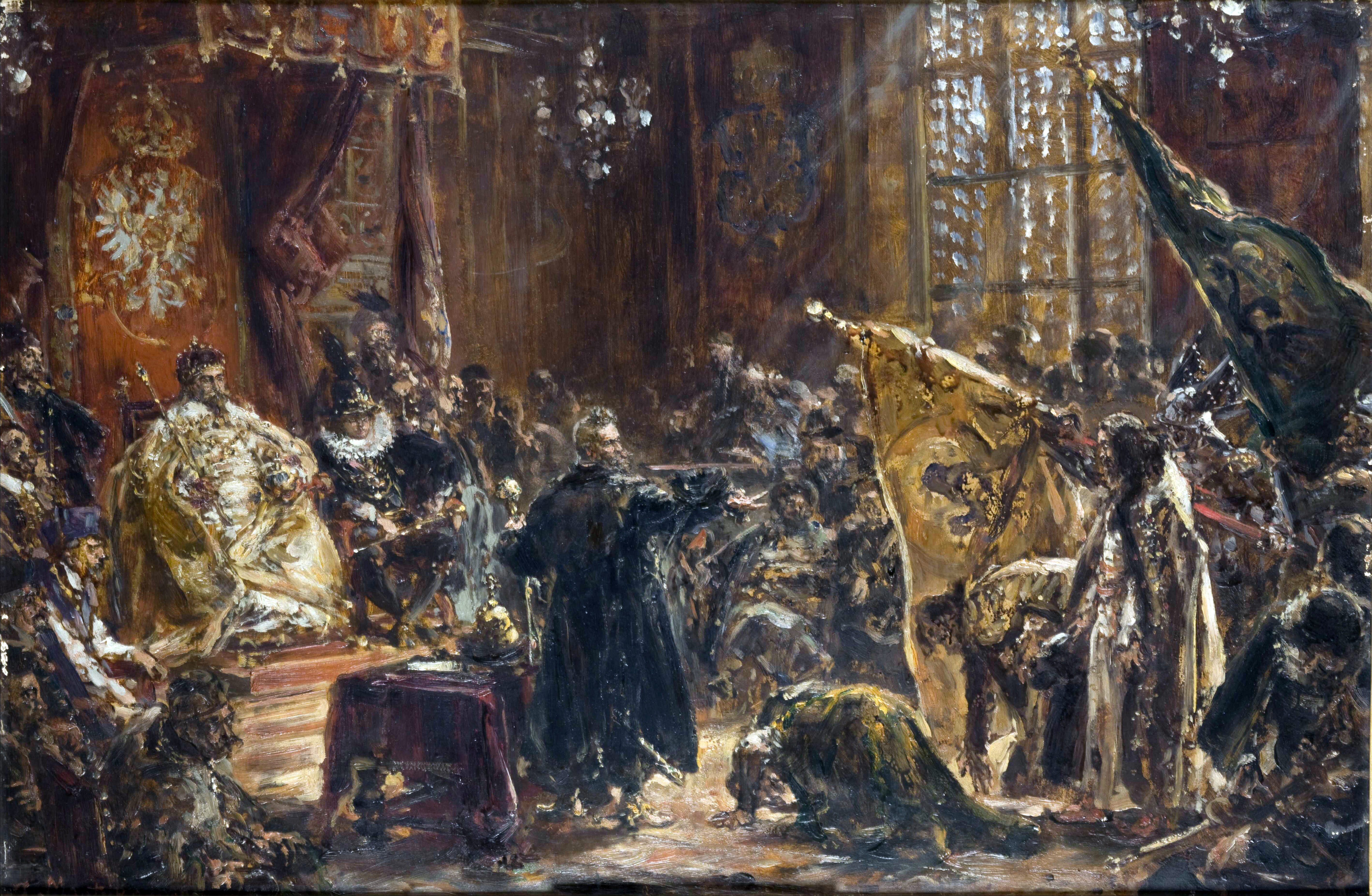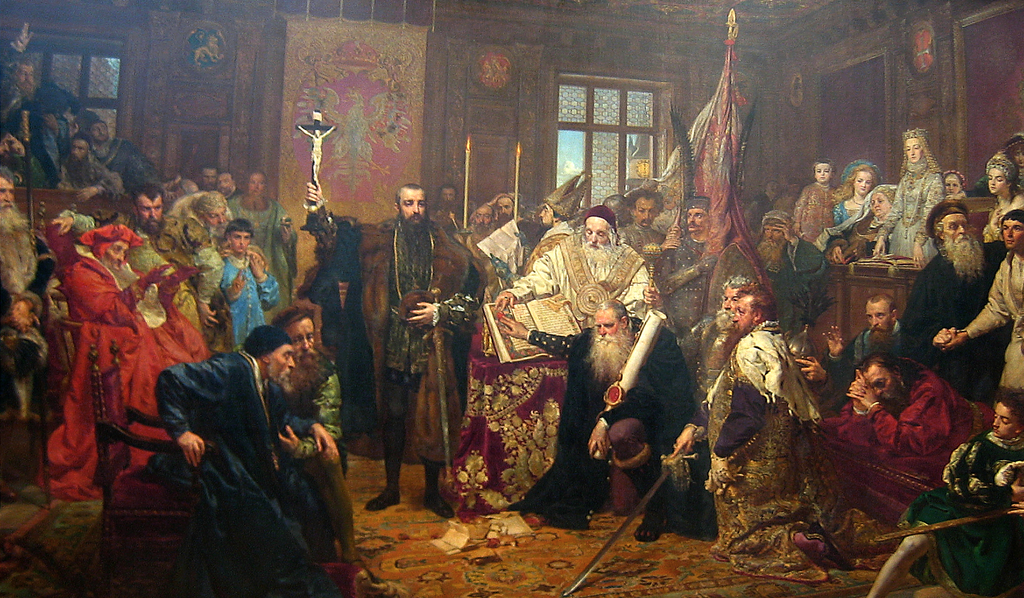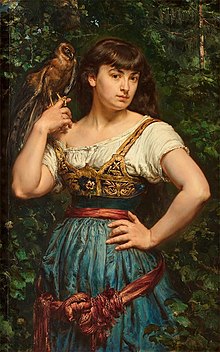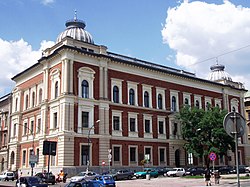"Expect a sudden rage!"
Notes after latest events under the present system through President Aquino
"Perhaps, in seeing these continuous issues, it's up to the people in getting beyond the parameters of superficial "legalism" and invoke the passion kept hidden. The protest marches that happened in 1986 or 2001 aren't merely noisemaking or "peaceful" events mainstream media had presented much; but carries a motivation that had happened during the time of Governor-General Bustamante: he and his supporters being lynched by an angry mob of priests; but if possible, it is the common people who were heavily taxed by repression will assume the task what the priests given as they again stood up and had enough of their bullshit."
These were the words yours truly said last January 20, 2014. That said quotation continues to be relevant as the people felt the bullshit the system has given to them.
With the recent events the Philippines, ranging from protests against Lumad Killings, demonstrations against Globalisation, exposing corrupt bureaucrats via pork barrel scams and fat bonuses on "Government Owned and Controlled Corporations", continuous increase in tuition and other fees as well as prices of commodities, and fact finding missions related to those of human rights violations exposing murderers coddled by the state, has demonstrated a real fighting spirit in the ranks of the masses, enough to fight back the attacks of the system.
These movements has been intensified in the context of a renewed struggle, particularly after events in which the system, through the present Aquino administration has continuing the actions of its predecessors, be it neoliberalism, globalisation, if not coddling a corrupt bureaucracy, and maintaining feudalism for benefit of international capital. The struggle is manifested by protests at Tanduay Distilleries at Laguna, protests against forced evictions at Hacienda Luisita, demonstrations against yearly tuition and other fee increases, and actions against the sabotage of the unions by state elements.
Obviously, these actions taken by the struggling masses is enough to strike blows on the system regardless of having its leader ending its term and replaced by a new one benefited by the ruling order. For example, the issue on Hacienda Luisita, as well as other estates controlled by well-known landlords stubbornly keeping interests, was decades-old yet these labouring peasants tilling in those estates, as well as tenants battered by age-old unfair practises, has continuously asserting the desire for genuine agrarian reform. Government-issued Codes like PD 21, the Agrarian Reform Code, and the Comprehensive Agrarian Reform Program (and its extended and reformed version), has failed to succeed emancipating the farmer from its bondage, but instead making landlordism be intensified as supported by international capital.
Hence, with that example, no wonder why protests against the system's anti-people policies happen be it from the peasant, worker, student, professional, all affected by the crisis. True indeed that these situations is enough to push these masses into seeing the impasse and bankruptcy into which the present order has leading the country, and in spite of efforts the system trying to control via media outlets, these masses are indeed beginning to act gradually, and are refusing to accept austerity measures, impoverishment, as well as imposed "sacrifices" while the system itself benefits from corrupt practises.
At present, the system has continuously insisting their compradore-landlord view "in the name of growth and development" as well as attacking those against it "in the name of order and stability". The situations in both urban enclaves and in the countryside attests to the fact that the system stubbornly trying to assert interest what more of putting populist "flavour" enough to appease the suffering masses. That is undeniable. But having the reality of seeing continuous actions from the progressive bloc to those of the militant mass organisations in the streets has showed that militancy continues to grow, and it has greatly contributed to the struggle for national and social liberation, and to inspire countries affected by socio-economic crisis and its desire for emancipation.
During the APEC summit that happened last year, the system, particularly President Aquino has promised "development" in front of member-countries, but at the same time, it has kept the reality hidden from the eyes of these member-countries but instead seeing the illusions the system has greatly done. And although its theme “Building inclusive economies, building a better world” lies a profound idealism for a still developing country that tries to keep in touch with its developed neighbours, the actually existing inconvenience of the people sees the fact that the summit itself is a reaffirmation of interests, of keeping the Philippines stunted in its domestic growth if not remaining a market for cheap labour and of dumping cheap imports. Certain policies appeared to be "for the people" are actually diluted ones if not replacing incorrect terms with its corrected equivalents so as to appear legit like any other act "supporting the people's welfare", yet in fact it aggravates tension between the system and the people.
These events surrounding the Aquino administration created both an illusion of hope and a reality of despair to most Filipinos. To the working class, that despair is actually-existing for it had nothing to do with uplifting the people. True it may be that last APEC summit has to do with building inclusive economies and better societies, but did these democratise wealth in order to satisfy its citizens? For example, the recent vetoing of the 2000 peso pension hike for the old, needy, pensioners, has created a wave of angst on behalf of these elders in need of compensation after years of hard work. Apologetics, like any other speaking on behalf of the system when it comes to various controversial issues, has tried to justify it with their alibis such as "with that increase puts the entire entity into bankruptcy in 2029", and even insisting that a 500 peso as a feasible suggestion.
But not all will dare to accept such goddamn justification such as "bankrupt in 2029" or "500 peso is enough" knowing that the Social Security the system has take pride about has been a hotbed of corruption coming from its "highly paid" administrators and other controversies surrounding it just like its "counterpart" meant for Government Employees. Furthermore, did these apologetics heed the idea coming from the other side such as expanding the collection base and increasing the collection to 50%, as well as subsidies from the government? Nope since most of them are intentionally deaf when it comes to socio-economic issues. Remember, what caused the global financial crisis in 2008? Bankers who mismanaged their banks and still got bonuses. And if people ought to follow the reasoning coming from the system and its apologetics, then that goddamn SSS should give hefty bonuses to those executives who may or may not do the job their salaries are already paying for! Such situations reflected how this interest-seeking and keeping system has been stubbornly insisting its actions, even at the front of international groups such as APEC and other related organisations.
Anyways, there are more various issues in which the system cares less or none at all. From the peasant question to the recent issue on pensioners, the negligence done by the system has made people willing to go beyond from the parameters of "legalism" and "take up arms" so as to end the centuries old repression the system has ever cultivated in the name of interest with alibis such as those being tackled in the last year's APEC summit, or perhaps with the fact that the path called righteous has been an alibi for an actual path towards a future of total dispossession, contrary to its illusory message shown since 2010.
And perhaps, people are willing to die fighting, knowing how these unfortunate events has made a country helpless to achieve its goal.



